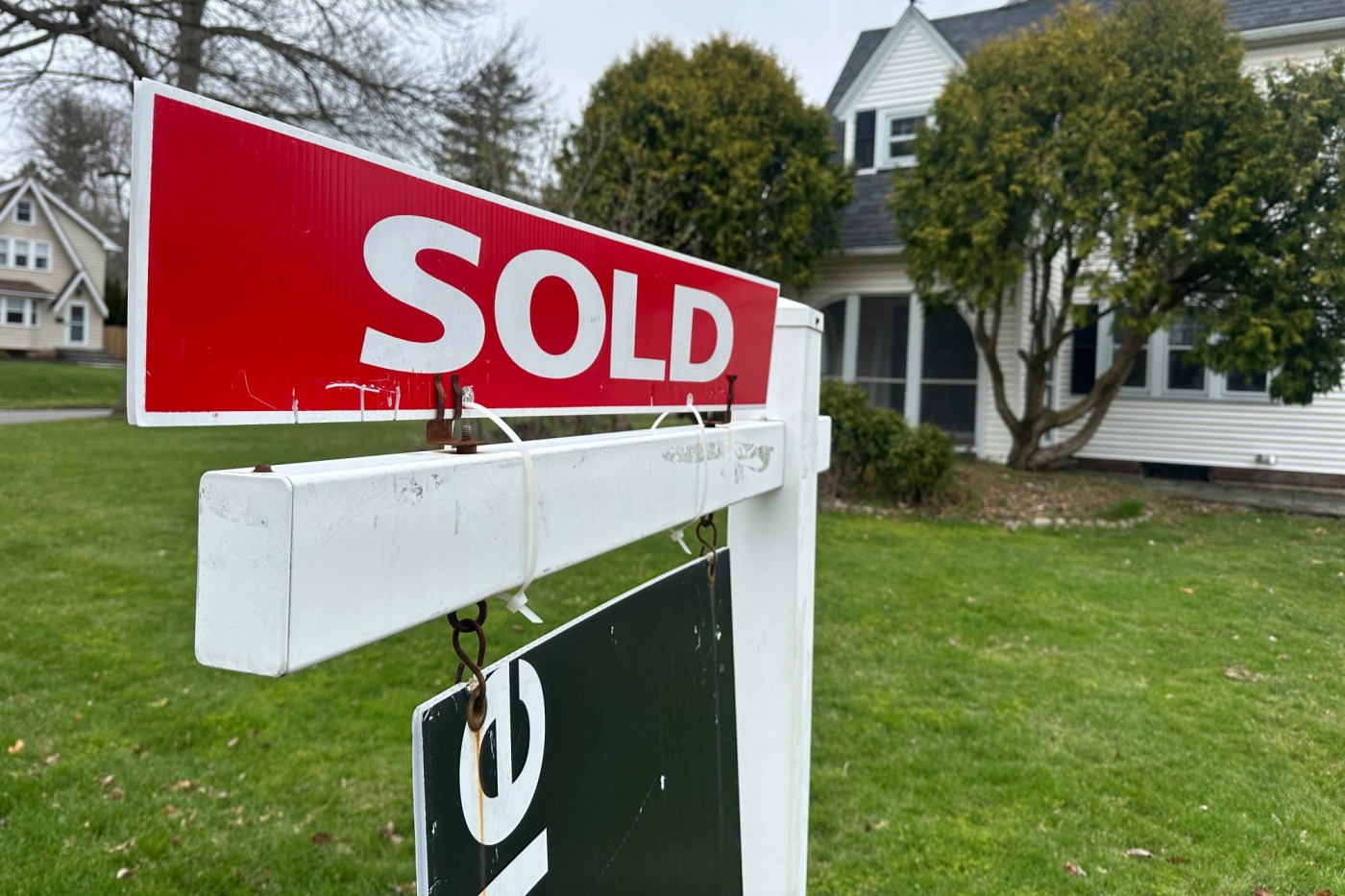
By Michael Sasso | Bloomberg
US new homes sales fell in May by the most in almost three years as incentives fell short of alleviating affordability constraints.
Sales of new single-family homes decreased 13.7% to a 623,000 annualized rate last month, a seven-month low, according to government data released Wednesday. That was below all estimates in a Bloomberg survey.
Related Articles
Sky-high housing prices spur San Jose charter school default
Evans: Don’t believe the haters. I’m from Arkansas. California is no failure.
San Jose affordable apartment complex is bought for $60 million-plus
Real estate giant Compass files lawsuit against Zillow over private home listings policy
Home Search: In Oakland, they sought a $1 million first home near friends and trails
The latest results show homebuilders are sitting on rising inventories amid mounting economic challenges, including mortgage rates stuck near 7%, higher materials costs due to tariffs and a slowing labor market. While builders are offering subsidies to reduce customers’ financing costs, the concessions are yielding diminishing returns and encouraging many builders to slow construction.
“This spring and summer are shaping up to be very tough for the real estate market,” said Heather Long, chief economist for Navy Federal Credit Union. “Buyers are staying on the sidelines as they worry about uncertainty and high mortgage rates.”
The home sales report showed a slight increase in the number of new houses for sale in May, to the highest level since 2007. That represented 9.8 months of supply at the current sales rate. The number of completed homes for sale rose to 119,000, an almost 16-year high.
The median sales price increased 3% from a year ago to $426,600 last month, marking the first year-over-year price gain in 2025. More limited inventory in the resale market has allowed prices to steadily rise there on an annual basis since mid-2023.
Sales last month in the South, the biggest US homebuilding region, slumped 21%, the most in nearly 12 years. Contract signings in the West and Midwest also fell, while they rose in the Northeast.
“We had forecast a slowdown in sales volumes, but the decline in activity — especially in the South — exceeded our expectations. With inventories rising and affordability still a problem for the median prospective home-buying family, we expect prices to face headwinds throughout the year,” said Stuart Paul, a Bloomberg analyst and economist.
With increasingly bloated inventories and sagging sales, ground-breaking on single-family homes last month remained sluggish, according to figures out last week. Economists forecast residential investment will remain a soft spot for the economy in coming quarters.
Confidence among homebuilders stands at the lowest level since December 2022, while at the same time an increasing supply of previously owned homes emerges as an additional threat to builders, Bloomberg Intelligence analyst Drew Reading said in a recent note.
Builder Lennar Corp. has indicated a willingness to lower home prices and accept smaller margins by maintaining its volume of construction in order to preserve market share.
New-home sales are seen as a more timely measurement than purchases of existing homes, which are calculated when contracts close. However, the data are volatile. The government report showed 90% confidence that the change in new-home sales ranged from a 26.8% decline to a 0.6% decline.